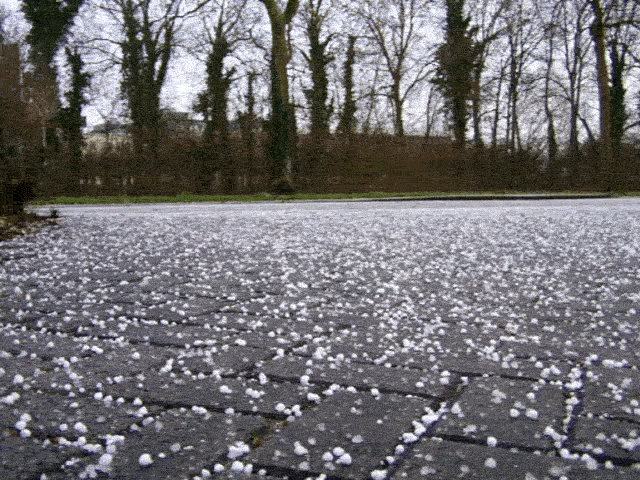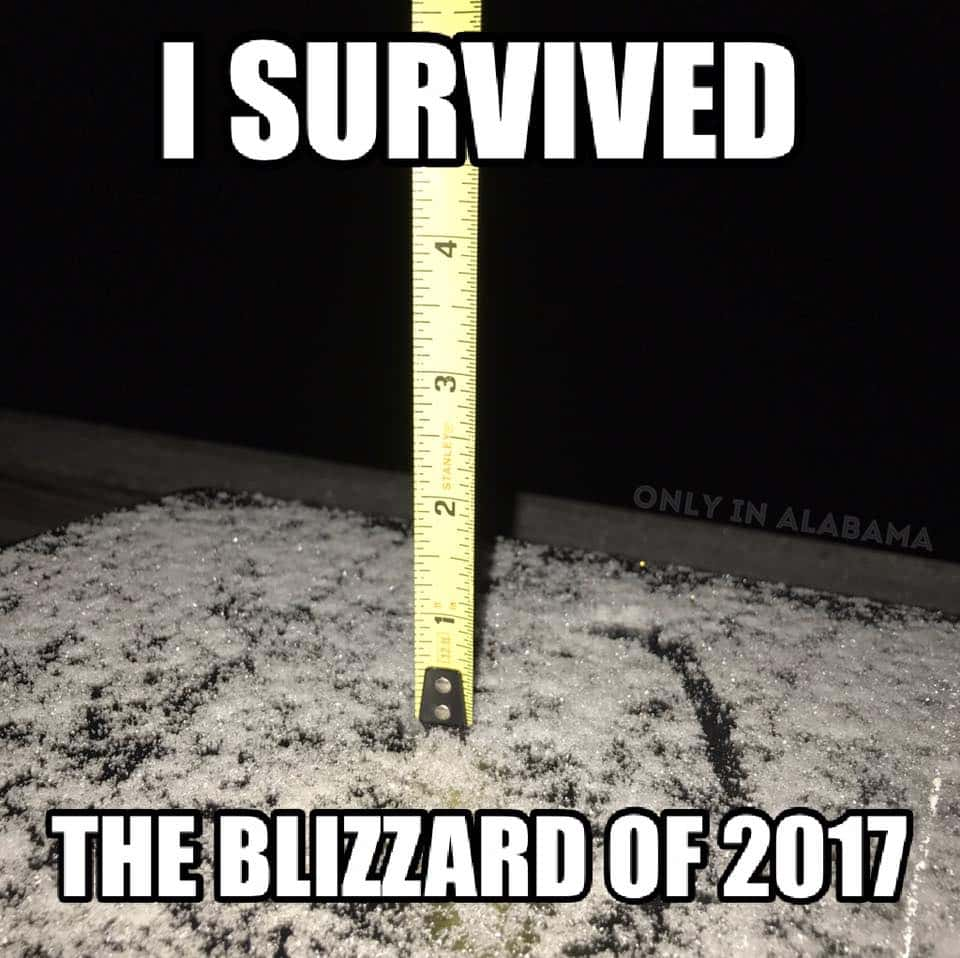So far this winter season, there have been several forecasts calling for snow. I, and many of you are snow lovers and I am as disappointed as you when the forecast just doesn’t measure up when it comes to predicting snow.
Although I did somehow manage to hit it right when I said there would be snow showers and flurries for Christmas Eve evening across  western Kentucky, and no accumulations. But a “better” snow chance was to occur on Christmas Day night with a dusting expected. But when my curtains were drawn open on Tuesday morning, instead of being greeted by the crisp white stuff, the sight was of dry pavements and the sun popping out. So where were the predicted snow flurries and why was the forecast so wrong? The problem is, if we can’t get that right a few hours beforehand, how can we get it right going into the start of the New Year?
western Kentucky, and no accumulations. But a “better” snow chance was to occur on Christmas Day night with a dusting expected. But when my curtains were drawn open on Tuesday morning, instead of being greeted by the crisp white stuff, the sight was of dry pavements and the sun popping out. So where were the predicted snow flurries and why was the forecast so wrong? The problem is, if we can’t get that right a few hours beforehand, how can we get it right going into the start of the New Year?
Just so you know, there is a fairly good chance we will see the arrival of a good snow producer across Kentucky for New Year’s weekend. Snow forecasting is arguably the most difficult, most complicated thing for forecasters to predict. To predict a snowstorm, forecasters need to answer endless questions, including when it will start, when it will stop, how hard it will snow, what temperatures will be on the ground and in the atmosphere and whether rain, sleet or snow falls from the sky. What will the track be, how much moisture will be available? With so many different factors, we can’t expect to hit them all.  There are a number of possibly misleading factors. Weather data, for example, can be inaccurate or patchy. Using the wrong weather models can skew predictions. And, more commonly, unexpected factors can arise and effectively throw off predictions.
There are a number of possibly misleading factors. Weather data, for example, can be inaccurate or patchy. Using the wrong weather models can skew predictions. And, more commonly, unexpected factors can arise and effectively throw off predictions.
Humanity can rocket humans into space and vaccinate against life-threatening illnesses and kill enemies by remote control, but as you may have noticed from recent snow forecasts, we still can’t accurately predict the weather. Bold forecasts, safety protocols, and a 24-hour news cycle leave little room for error, yet a slight 50-mile shift can dramatically alter a storm’s outcome. We have seen that time and again in our region when a small shift in the track will make a difference on whether we see rain or snow. Most of you who have followed me for a while, know that I can sometimes accurately predict a storm as much as two months out. But I can’t tell you what for it will be in. Many times, I have looked at the various models and see what they say. But, sometimes, I have a tendency to go on my “Instinct” to come up with what I believe will happen.
I use scientific data and I use unconventional signals and I have found that combining the different methods has given me better accuracy in my thoughts on the weather. You would be surprised to see how much the behavior of animals and insects can tell you. Sometimes you can “feel” and “taste” the air and get information. I  will say that the National Weather Service in Paducah has some of the best forecasters anywhere and they have a pretty good accuracy rate overall. It is just those snow predictions that keeps us all wringing our hands. Meteorologists rely on tools like satellite, radar, and digital forecasting models to predict a storm’s path. But there are a few factors that account for model inaccuracies. Weather does not behave linearly, which means the models can’t just look at a weather system moving eastward and assume it will continue moving eastward.
will say that the National Weather Service in Paducah has some of the best forecasters anywhere and they have a pretty good accuracy rate overall. It is just those snow predictions that keeps us all wringing our hands. Meteorologists rely on tools like satellite, radar, and digital forecasting models to predict a storm’s path. But there are a few factors that account for model inaccuracies. Weather does not behave linearly, which means the models can’t just look at a weather system moving eastward and assume it will continue moving eastward.
The chaotic nature of the atmosphere, combined with the fact that much of the model’s factors have to be approximated, can easily yield incorrect forecasts. Different weather services use different models, which account for discrepancies in forecasts, but even if by some miracle all of the models ended up pointing to the same weather event, there would still be a chance Mother Nature could change her mind at the last minute and prove them all wrong. Feel free to leave comments and be sure to hit the “Like” button at the bottom of this post.






